Debate on the causes of malocclusion has been raging since the genesis of the orthodontic science, but has the answer already been found? Various factions in the orthodontic tradition have declared the influence of both environmental and genetic determinants in malocclusion. Common consensus regard tooth position to be more environmentally influenced and skeletal development more genetically.
Genetic factors
Lauc et al. (2003) claim that genetic factors are significant in malocclusion, citing a number of twins studies. However, sibling genetic correlations are intrinsically fallacious in that they do not consider the influence of shared environments, which Garn et al. (1979) have termed the “co-habitational effect.”
embedImagecenter("Imagecenter_1_152",152, "large");
Nonetheless, certain traits do seem to be characteristic among family members, and a possible explanation is that all animals seem to inherit certain muscular functions. Wiley (1962) describes the mating ritual of the three spine stickleback, stating “the pattern and sequence of these movements is just as much a part of the genetic make-up of the fish as its body shape.”
Epidemiological studies of malocclusion show it does not follow Mendelian laws of inheritance. Mew (1986) cites the example of sickle cell anaemia, which provides near immunity to malaria. It has become endemic in populations where it is an asset for survival, and it displays a progressive familial and geographic spread.
Malocclusion, however, has shown no type of progressive spread, with every permutation found in every corner of the globe. An evolutionary change of this magnitude would also require millions of years, not one generation and, furthermore, what genetic advantage has malocclusion provided for this supposed evolutionary change to materialize?
Certainly, there is a quality of irrationality to the genetic model for the aetiology of malocclusion, but what is the answer?
Environmental factors
Evidence for environmental causes is formidable. Weiland et al. (1997) compared skulls from 19th century Austrian males with their contemporaries, finding that change in diet ensured the latter displayed significantly higher malocclusion scores.
Corruccini and Lee (1984) reported that malocclusion was significantly worse in Chinese children born in the U.K. compared to their immigrant parents raised in less developed areas. Because genetic factors remained unchanged, the malocclusion in the offspring was attributed to diet, premature deciduous tooth loss from caries and oral respiration.
Corruccini and Beecher (1981, 1983, 1984) have also shown that a soft diet significantly increases dental and skeletal malocclusions in rats, macaques and primates. This is most likely due to less tonicity in muscles of mastication, resulting in compensatory overactivity in muscles of facial expression.
Perhaps most telling has been Harvold’s series of experiments on primates in which induced oral respiration caused a range of malocclusions, but all included increased face height, steeper mandibular place and larger gonial angle; in short, skeletal and dental discrepancies. Harvold’s summation was that oral respiration was the trigger factor, but it is “deviant muscle recruitment” that directly causes maldevelopment.
The weight of the evidence, be it from the genetic or environmental school, seems to rest with muscle dysfunction being the cause of malocclusion. Texture and nutritional value of diet has been shown to have an impact on tonicity of facial muscles, oral respiration causes “deviant muscle recruitment” and even from the genetic standpoint, the animal kingdom shows a marked tendency for muscle function (and dysfunction) to be inherited.
P.R. Begg’s seminal 1954 manifesto asserted that a lack of grit in modern diets results in less interproximal wear and subsequently more crowding. Although Begg believed that this environmental factor caused dental crowding, his theory was predicated on the belief that skeletal form is inherited and unmalleable.
Curruccini (1990), however, discredited this research and recognised that Begg’s own figures render his theory redundant because both crowding and attrition increase with age.
Despite being roundly refuted, Begg’s assertion still serves as the rationale and justification for orthodontists to shorten dental arches via extractions to this day.
This 13-year-old girl’s profile (Fig. 1) shows a severely underdeveloped mandible, with a subsequent overbite. The strain of the mentalis muscle also betrays a “reverse swallow” with mentalis activity, which is the cause of this skeletal malocclusion.
After six months of myofunctional appliance use and myofunctional therapy, the release of muscle tension has allowed the mandible to translate anteriorly, with seemingly spontaneous lower dental alignment also a happy bonus (Fig. 2).
In spite of the evidence, the industry holds the concept of muscular causes of malocclusion at arm’s length because when it is acknowledged, then the moral imperative for big changes will be inescapable.
That time is now.
Editorial note: A complete list of references is available from the publisher.
NEWPORT BEACH, Calif., USA: New research conducted on behalf of the Oral Cancer Foundation has found that many Americans are unaware of the fact that the ...
CHARLOTTE, N.C., US: Dentsply Sirona has announced the US market launch of MIS LYNX, a cost-effective dental implant solution designed by MIS Implants ...
LEIPZIG, Germany: Rural communities across the US are facing a growing oral health crisis as access to fluoridated water and dental care diminishes. This ...
Can I as a health care employer require my employees to get COVID-19 vaccines? If I require staff members to be vaccinated, what proof can I request them to...
BOSTON, US: In the US, dental care remains largely excluded from medical insurance and separated from public health initiatives that promote prevention. A ...
LUCERNE, Switzerland: Interdental cleaning is a cornerstone of preventive care, addressing the persistent challenge of biofilm removal from areas ...
BURNABY, British Columbia, Canada: The US market for overdentures and implant-supported bridges can be broken down into the product categories of ...
NASSAU, Bahamas: Don’t miss your last chance to register for this exciting one day Endodontic Workshop at the Atlantis Resort and Casino, for only ...
Not everyone was born in Philadelphia, but the Birthplace of America is the hotspot right now as thousands of orthodontists and their teams enter the second...
In today’s interconnected world, networking is crucial for personal and professional success because building strong relationships, fostering meaningful ...
Deepak Simkhada RDHT, BSc, MSc, PGCE, FSET, Cat Edney
Live webinar
Mon. 15 December 2025
5:30 AM EST (New York)
Live webinar
Mon. 15 December 2025
2:00 PM EST (New York)
Dr. Andrew Ip, Przemek Seweryniak
Live webinar
Mon. 15 December 2025
5:00 PM EST (New York)
Live webinar
Wed. 17 December 2025
6:00 AM EST (New York)
Dr. Piet Haers Oral and Maxillofacial Surgeon
Live webinar
Wed. 17 December 2025
9:00 AM EST (New York)
Prof. Hani Ounsi DDS PhD FICD, Dr. Amr Ghanem



 Austria / Österreich
Austria / Österreich
 Bosnia and Herzegovina / Босна и Херцеговина
Bosnia and Herzegovina / Босна и Херцеговина
 Bulgaria / България
Bulgaria / България
 Croatia / Hrvatska
Croatia / Hrvatska
 Czech Republic & Slovakia / Česká republika & Slovensko
Czech Republic & Slovakia / Česká republika & Slovensko
 France / France
France / France
 Germany / Deutschland
Germany / Deutschland
 Greece / ΕΛΛΑΔΑ
Greece / ΕΛΛΑΔΑ
 Hungary / Hungary
Hungary / Hungary
 Italy / Italia
Italy / Italia
 Netherlands / Nederland
Netherlands / Nederland
 Nordic / Nordic
Nordic / Nordic
 Poland / Polska
Poland / Polska
 Portugal / Portugal
Portugal / Portugal
 Romania & Moldova / România & Moldova
Romania & Moldova / România & Moldova
 Slovenia / Slovenija
Slovenia / Slovenija
 Serbia & Montenegro / Србија и Црна Гора
Serbia & Montenegro / Србија и Црна Гора
 Spain / España
Spain / España
 Switzerland / Schweiz
Switzerland / Schweiz
 Turkey / Türkiye
Turkey / Türkiye
 UK & Ireland / UK & Ireland
UK & Ireland / UK & Ireland
 International / International
International / International
 Brazil / Brasil
Brazil / Brasil
 Canada / Canada
Canada / Canada
 Latin America / Latinoamérica
Latin America / Latinoamérica
 China / 中国
China / 中国
 India / भारत गणराज्य
India / भारत गणराज्य
 Pakistan / Pākistān
Pakistan / Pākistān
 Vietnam / Việt Nam
Vietnam / Việt Nam
 ASEAN / ASEAN
ASEAN / ASEAN
 Israel / מְדִינַת יִשְׂרָאֵל
Israel / מְדִינַת יִשְׂרָאֵל
 Algeria, Morocco & Tunisia / الجزائر والمغرب وتونس
Algeria, Morocco & Tunisia / الجزائر والمغرب وتونس
 Middle East / Middle East
Middle East / Middle East


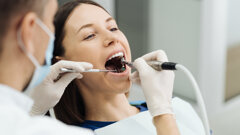







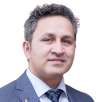



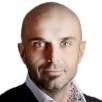

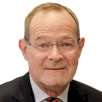












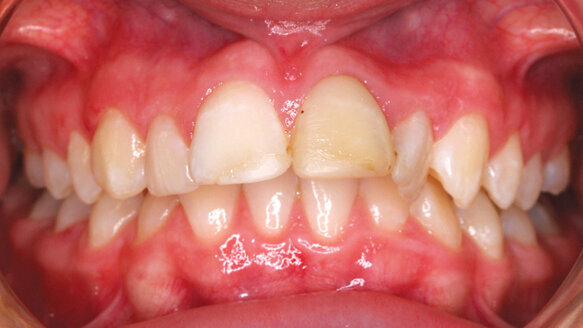



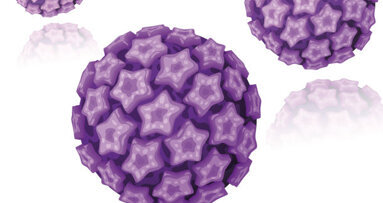
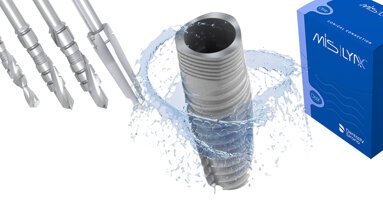

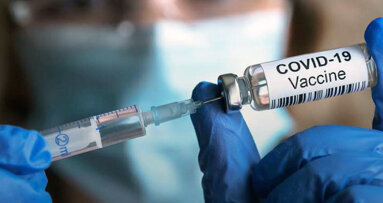
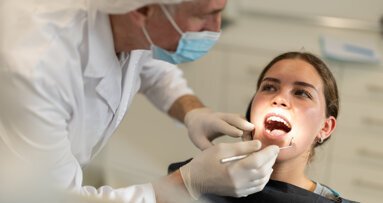

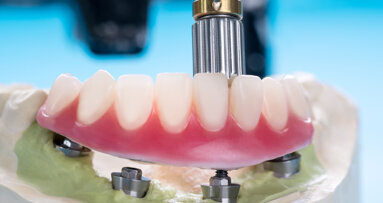
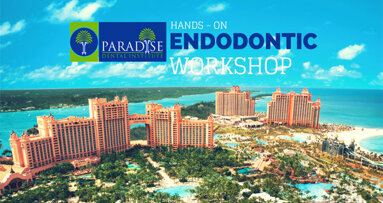
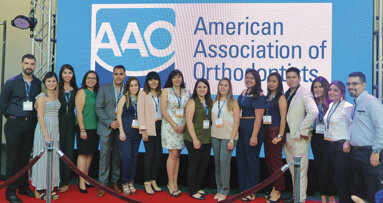


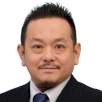














To post a reply please login or register